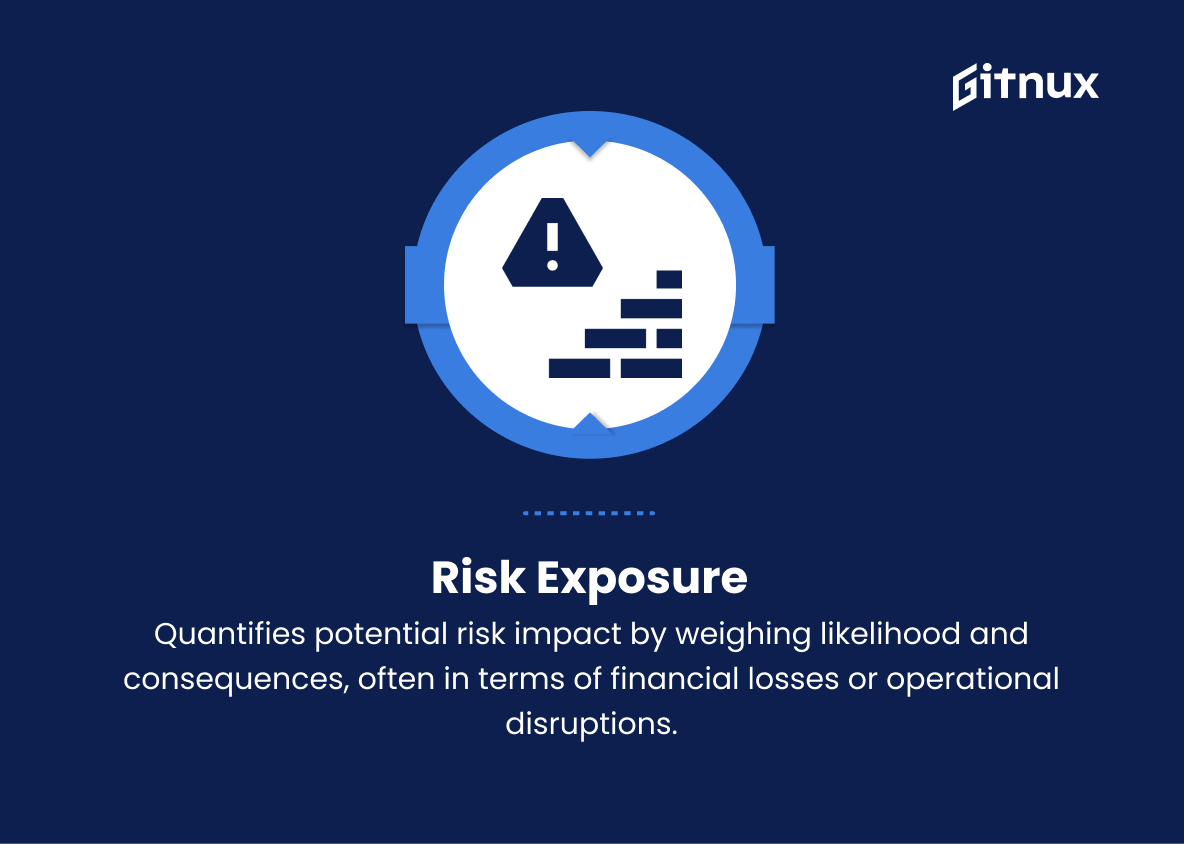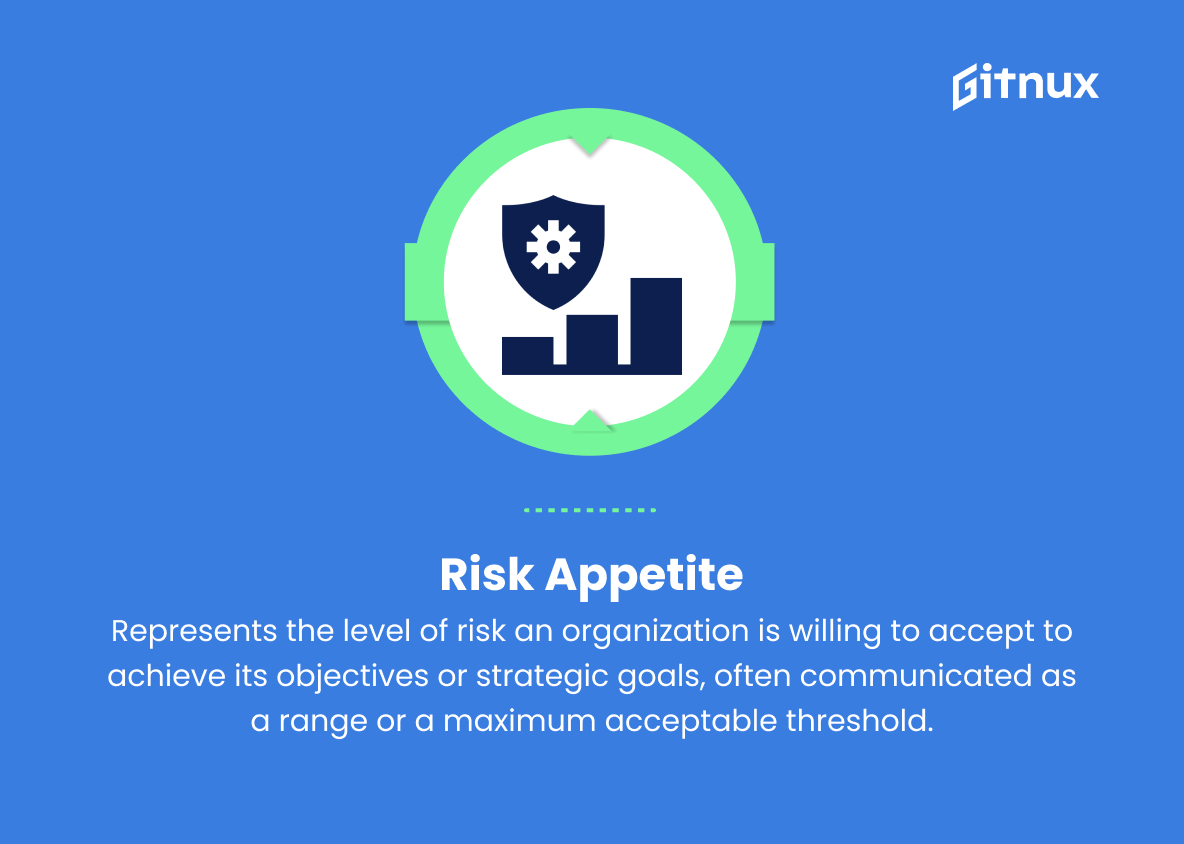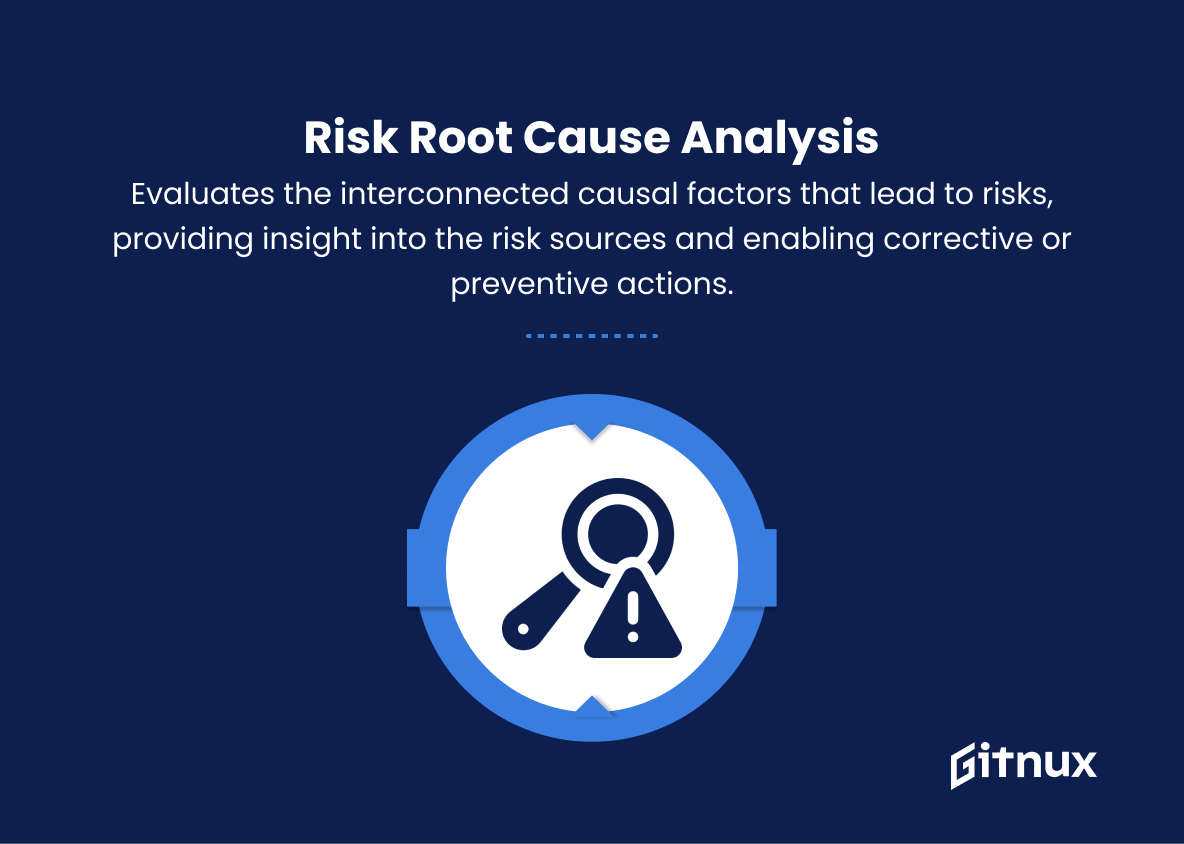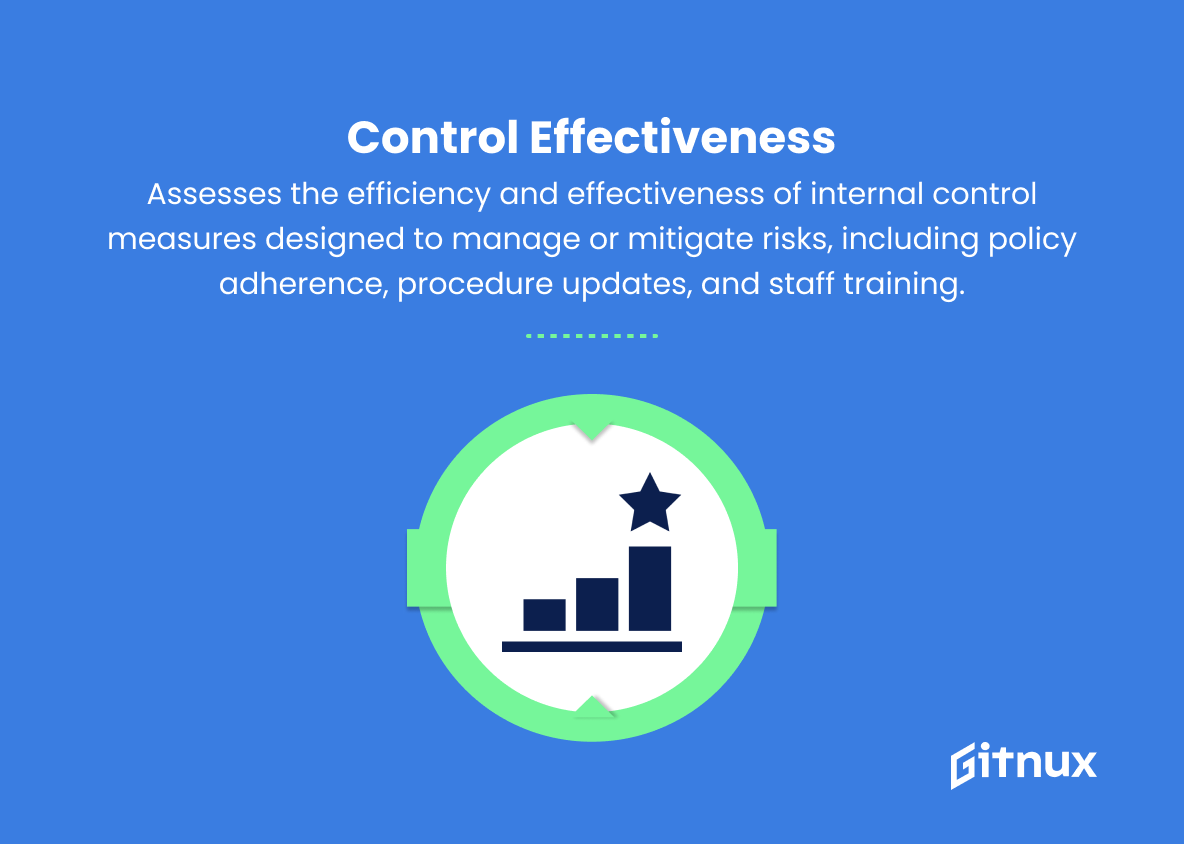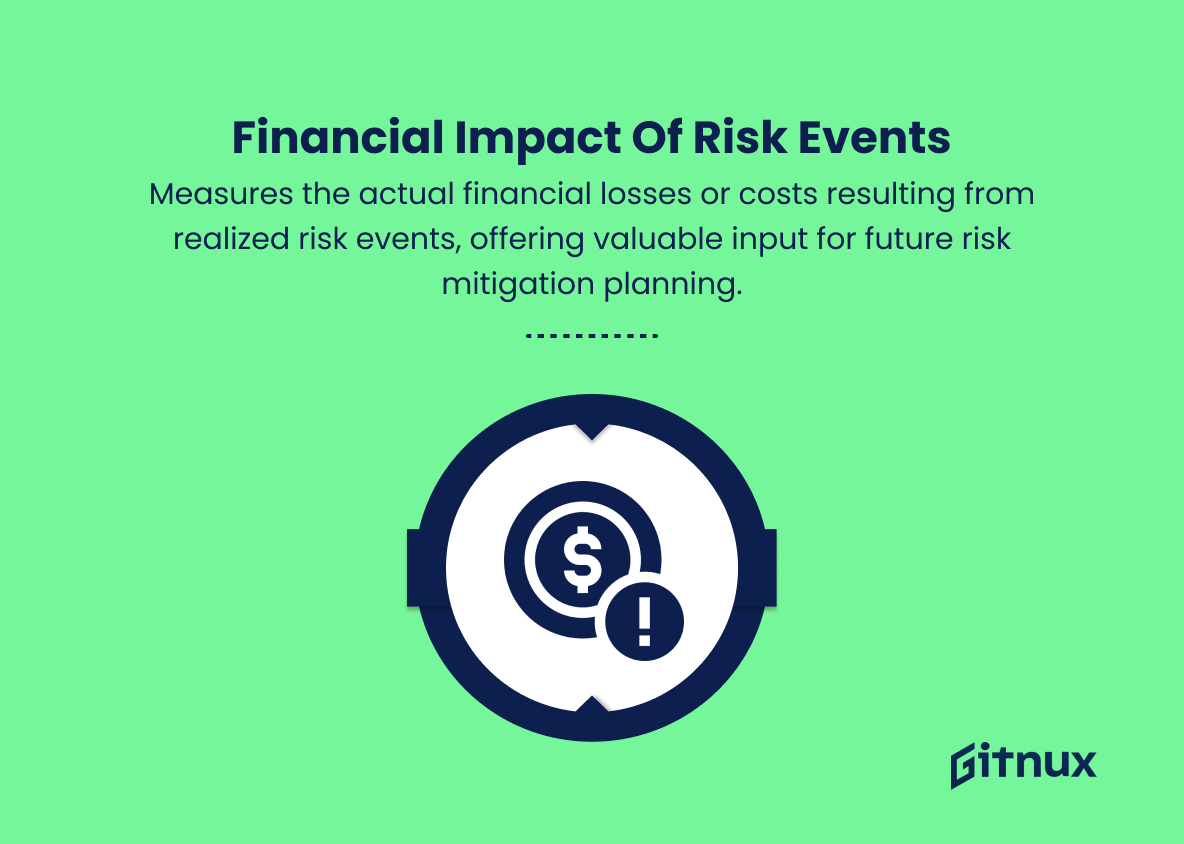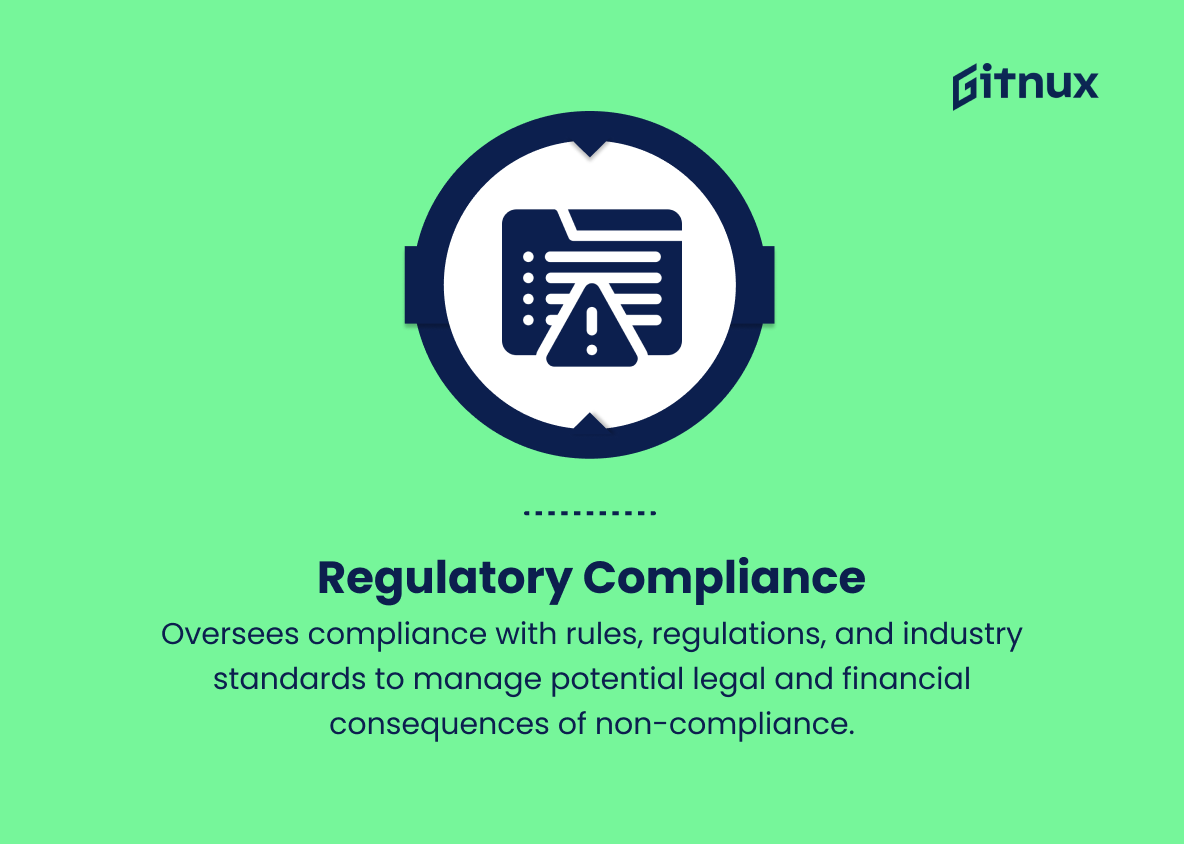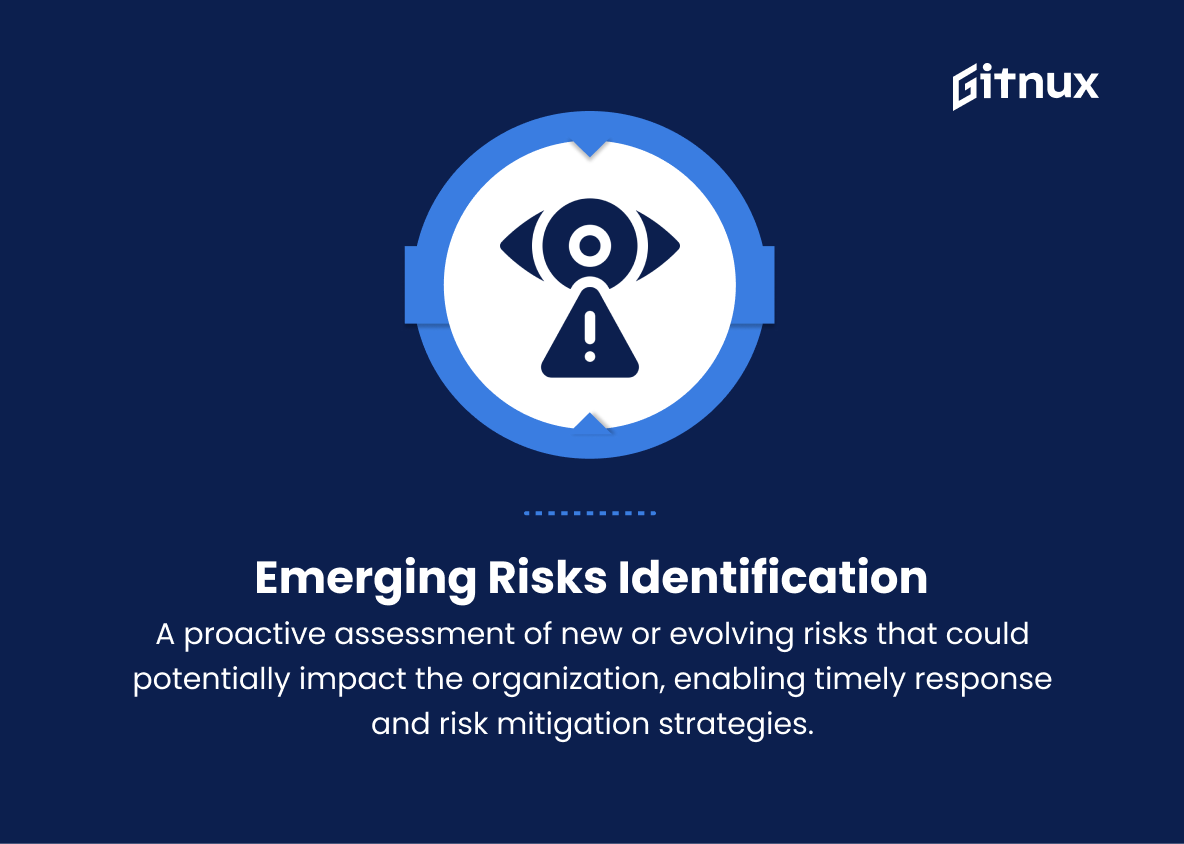In today’s ever-evolving global landscape, organizations face a myriad of risks on a daily basis. From operational issues to financial setbacks, reputational damage and regulatory compliance concerns, the ability to proactively identify, assess and mitigate risk has become critical to ensuring continued growth and long-term success. One of the most effective ways to meet this challenge is to implement robust risk management key performance indicators (KPIs).
These measurable values provide organizations with the essential tools to evaluate the effectiveness of their risk management strategies and ensure that they are on the right path to resilience and sustainability. In this in-depth blog post, we will delve into the world of risk management KPIs, explore their importance, identify key indicators, and discuss how they can be seamlessly integrated into your organization’s risk management framework. Together, we will pave the way to risk-informed decision making and a safer future.
Risk Management KPIs You Should Know
1. Risk Exposure
Measures the total potential impact of identified risks, usually based on estimated financial losses or operational disruption as a weighted average considering the likelihood and impact of each risk.
2. Risk Mitigation Progress
Tracks the progress of risk mitigation actions and plans, ensuring timely and effective implementation of risk reduction strategies.
3. Risk Appetite
Represents the level of risk an organization is willing to accept to achieve its objectives or strategic goals, often communicated as a range or a maximum acceptable threshold.
In today’s ever-evolving global landscape, businesses are faced with a myriad of risks on a daily basis.4. Risk Root Cause Analysis
Evaluates the interconnected causal factors that lead to risks, providing insight into the risk sources and enabling corrective or preventive actions.
5. Risk Register Completeness
Measures the percentage of identified risks that have been documented in a central repository or risk register, helping to ensure transparency and communication regarding risk management activities.
6. Control Effectiveness
Assesses the efficiency and effectiveness of internal control measures designed to manage or mitigate risks, including policy adherence, procedure updates, and staff training.
Key Performance Indicators (KPIs) in risk management are essential in managing and addressing various aspects of risk, ensuring that an organization operates smoothly and achieves its objectives.7. Risk Event Frequency
Monitors the occurrence rate of identified risk events or incidents, providing insight into any trends or potential patterns in risk manifestation.
8. Financial Impact of Risk Events
Measures the actual financial losses or costs resulting from realized risk events, offering valuable input for future risk mitigation planning.
9. Risk Management Maturity
Evaluates the organization’s risk management practices, processes, and culture, often using a defined maturity model to determine areas for improvement.
10. Risk Ownership
Tracks the assignment of specific risk owners who are responsible for risk management and accountability, promoting swift action and communication in case of changes in risk exposure or mitigation status.
11. Regulatory Compliance
Monitors the organization’s adherence to relevant rules, regulations, and industry standards, effectively managing potential legal or financial consequences resulting from non-compliance.
12. Risk Matrix
A graphical representation of the organization’s risk landscape, categorizing risks by their impact and likelihood, allowing decision-makers to prioritize risks and allocate resources for risk mitigation effectively.
13. Emerging Risks Identification
A proactive assessment of new or evolving risks that could potentially impact the organization, enabling timely response and risk mitigation strategies.
14. Risk-Adjusted Performance
Measures the organization’s performance (e.g., ROI, ROA) adjusted for a predefined risk level, providing a more comprehensive view of the current performance by considering the risk context.
Risk Management KPIs Explained
Key performance indicators (KPIs) in risk management are essential for managing and addressing various aspects of risk to ensure that an organization operates smoothly and achieves its objectives. For example, Risk Exposure enables an organization to anticipate the potential impact of risks on its operations or finances. Monitoring Risk Mitigation Progress helps organizations track the implementation of risk mitigation strategies, while understanding Risk Appetite assists in the decision-making process by defining the acceptable level of risk to achieve strategic goals.
Risk Root Cause Analysis, Risk Register Completeness, and Control Effectiveness enable organizations to identify and document sources of risk and evaluate internal controls. Risk Event Frequency and Financial Impact of Risk Events provide insight into trends and patterns in risk manifestation and financial impact. Assessing Risk Management Maturity, Risk Ownership, and Regulatory Compliance help organizations continually improve practices and processes and promote accountability, while the Risk Matrix serves as a visual tool for prioritizing risks and effectively allocating resources.
Finally, Emerging Risks Identification and Risk-Adjusted Performance enable proactive risk management and comprehensive performance assessment in the context of risk, respectively. Collectively, these KPIs play a critical role in identifying, assessing, and effectively managing organizational risk.
Conclusion
In summary, risk management KPIs are critical for any organization seeking to minimize, monitor, and control potential risks while maximizing opportunities. Evaluating these KPIs allows decision-makers to make informed decisions, evaluate the effectiveness of risk management strategies, and drive the organization toward its desired goals while maintaining a stable and secure operating environment.
By focusing on both quantitative and qualitative metrics, organizations can gain a comprehensive understanding of their risk landscape, ultimately leading to better decision-making, improved resilience, and sustainable growth. In a world of ever-evolving risks, monitoring and responding to risk management KPIs is a critical practice for business success.
